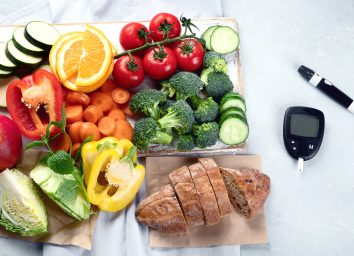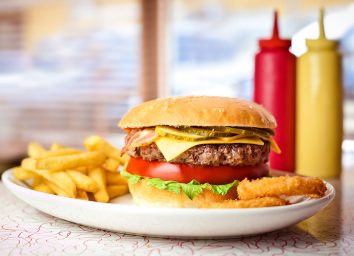This One Thing Can Cut Your Diabetes Risk by 60%
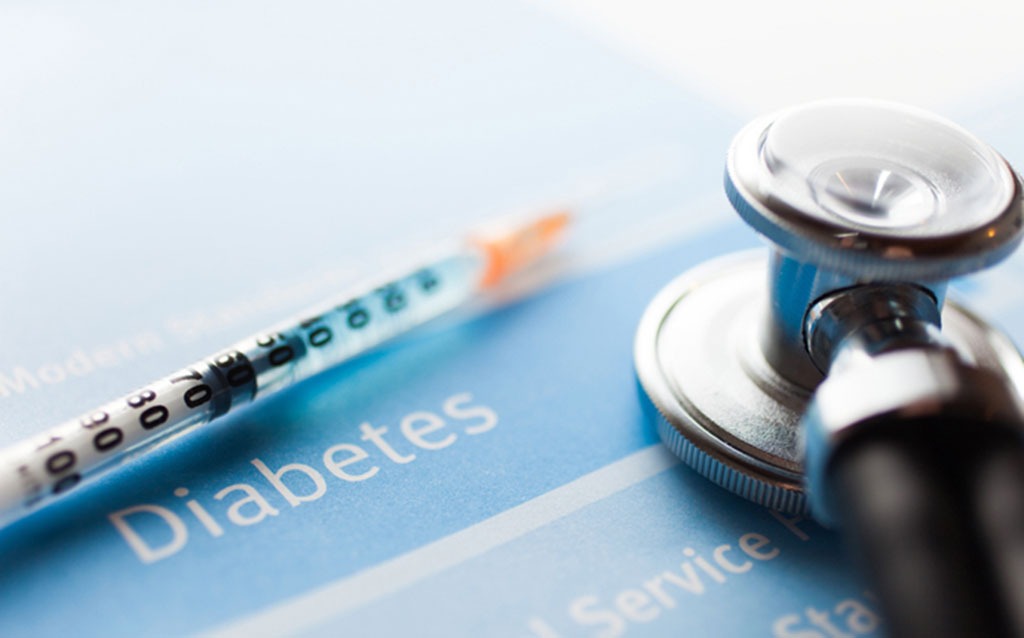
Sorry, Mary Poppins; a spoonful of sugar may help the medicine go down "in a most delightful way," but if you swallow too much sugar you may end up with health complications that worsened because of your high sugar consumption. An example of that is type 2 diabetes.
Now while added sugar alone is not the only thing that can lead a person to type 2 diabetes, studies have suggested a link between high consumption of added sugar and high fructose corn syrup and the development of obesity and type 2 diabetes. One study, in particular, a 10-year review of diabetes rates of 175 countries published in the journal PlosOne, found that diabetes rates increased as sugar levels in a population's food supply rose, and decreased when sugar availability went down.
There's certainly no shortage of sugar in the American diet. The average person consumes about 20 teaspoons of added sugars every day, which translates into more than 66 pounds of sugar per person each year. (The American Heart Association recommends no more than 6 teaspoons of added sugar per day for women and 9 teaspoons for men.)
Added sugars are particularly dangerous because they leave us craving more. Research shows that excess sugar causes changes in people's brains similar to those in people addicted to drugs and alcohol. And the more you eat, the more weight you gain.
The good news is that breaking free of sugar's addictive grip is one of the best ways to both lose weight and avoid type 2 diabetes. In a large, long-term study, people at risk for type 2 diabetes who lost just 7% of their body weight by eating fewer calories and exercising 150 minutes a week reduced their risk of developing the disease by 60%, according to the Centers for Disease Control and Prevention. What's more, participants who were 60 and older saw a 71% risk reduction.
"Researchers say even dropping just 5% of your body weight, around eight pounds for a 175-pound woman, improves health," says Jeff Csatari, author of The 14-Day No Sugar Diet." "So you start reaping the benefits as soon as you start cutting out added sugars."
You can get started now with 20 highly-doable ways to slash your diabetes risk. And for more, here's What Happens to Your Body When You Drink a Smoothie Every Day.
Know your goal.
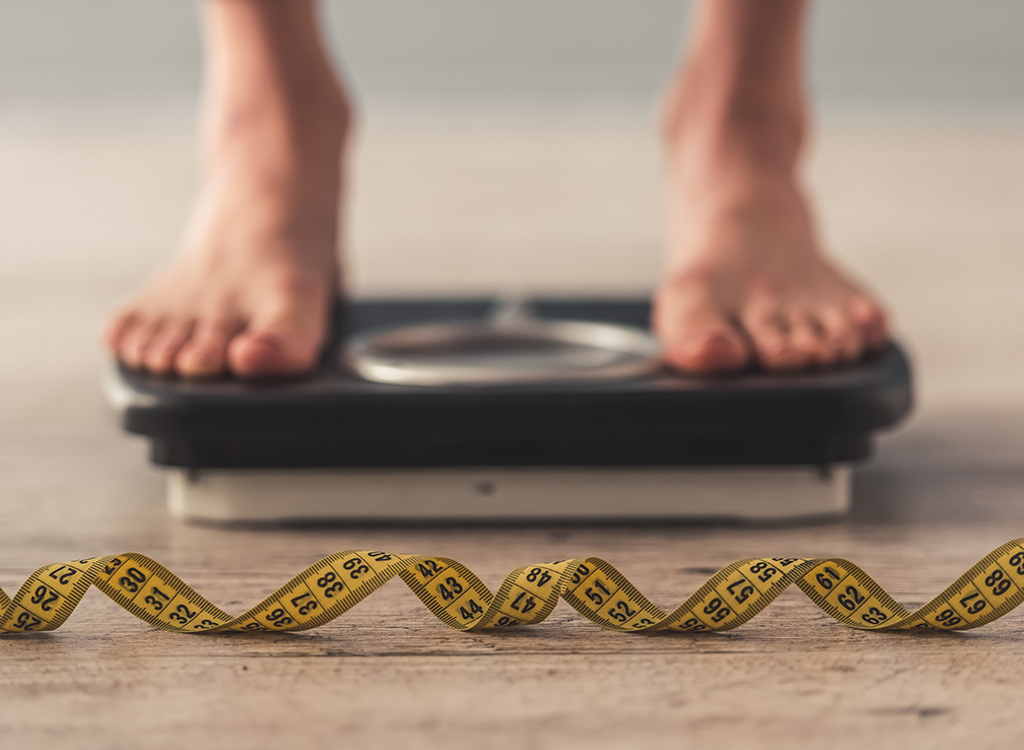
Hop on a scale and calculate a goal weight by figuring out how much you need to lose to cut your diabetes risk in half or more. Find your weight and multiply it by 7% (.07). That's how many pounds you need to lose (if you've been directed to lose weight by your doctor). Subtract that from your current weight to get your goal weight. Example: Current weight = 200 pounds. 200 X .07 = 14 pounds to lose. 200 pounds – 14 pounds = 186 pounds (goal weight).
Add to subtract.
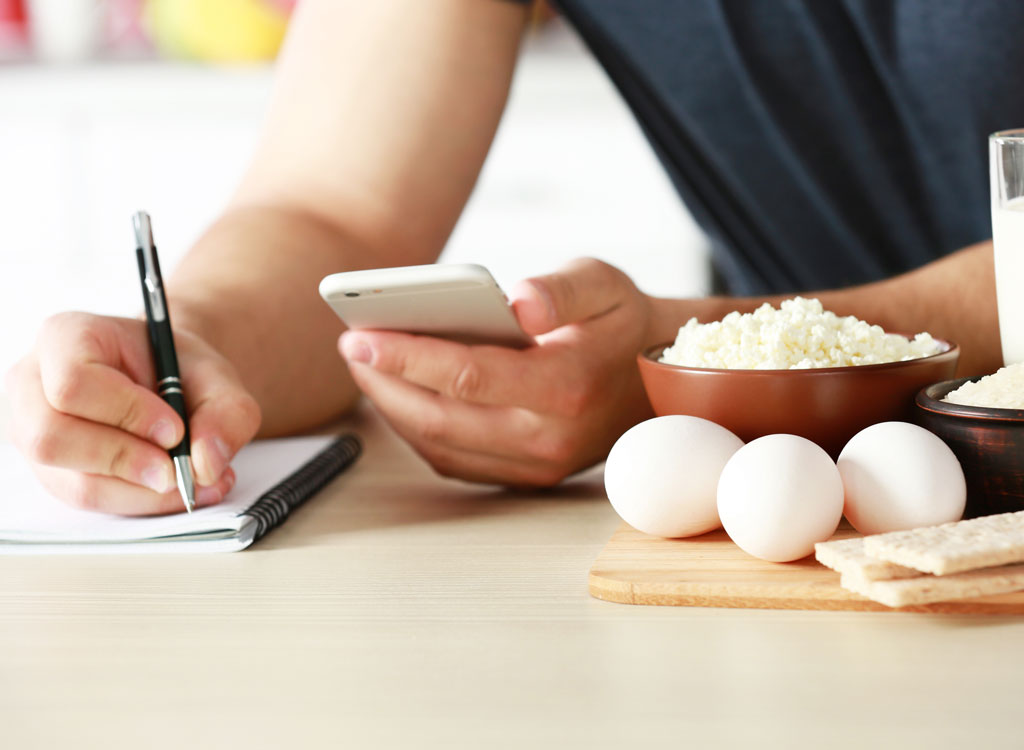
Humans are not good at estimating how much they eat. "Almost everyone consumes more than they think," says registered dietitian Martha McKittrick, a certified diabetes educator in New York City. The only way to know for sure is to keep track with paper and pencil or an app. Try it for just one day. It'll be an eye-opening experience to learn where the bulk of your calories come from, and that many come from added sugars. "The simple act of recording what you eat will make you eat less," McKittrick says.
Wean yourself off candy coffee.

If you dump five scoops of sugar or a bunch of squirts of hazelnut sweetener into your morning coffee, you're drinking candy, not coffee. Learn to love the flavor of coffee unsweetened. "I used to be a 'light, extra sugar' guy when I ordered," says Csatari. "I started eliminating a pack of sugar every three days. In a week and a half, I was drinking coffee black and lovin' it. Your taste buds adapt."
Add a shake of cinnamon.

Make a habit of sprinkling cinnamon on your ground coffee before brewing, or add a shake or two of cinnamon to yogurt and hot cereal. A 2003 study in the journal Diabetes Care showed that cinnamon might cause muscle and liver cells to respond more efficiently to insulin, helping you improve blood sugar balance and weight loss. Other studies suggest that just 1/2 teaspoon of cinnamon a day for 20 days is enough to improve and lower blood sugar by up to 20%.
Slice the bread.
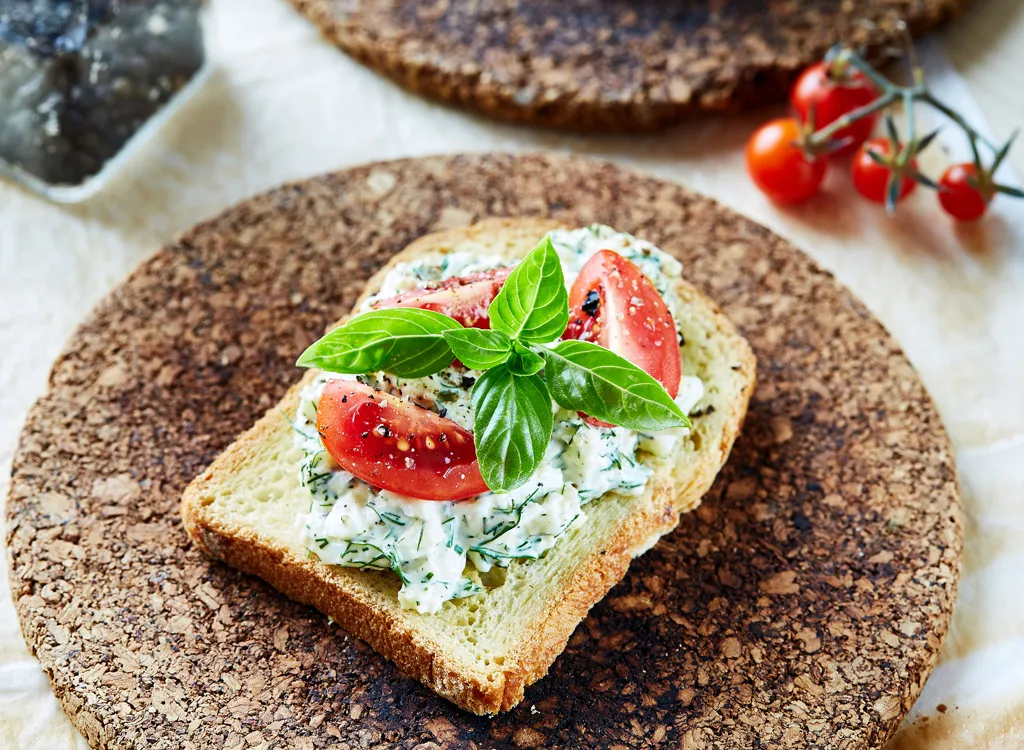
Here are three easy ways to cut back on carbs at lunchtime:
1. Try an open-faced sandwich. Pile it high with veggies; you won't miss the extra slice.
2. Wrap a turkey burger in Bibb lettuce leaves.
3. Roll up deli roast beef slices in slices of Swiss cheese.
Simplify your diet.
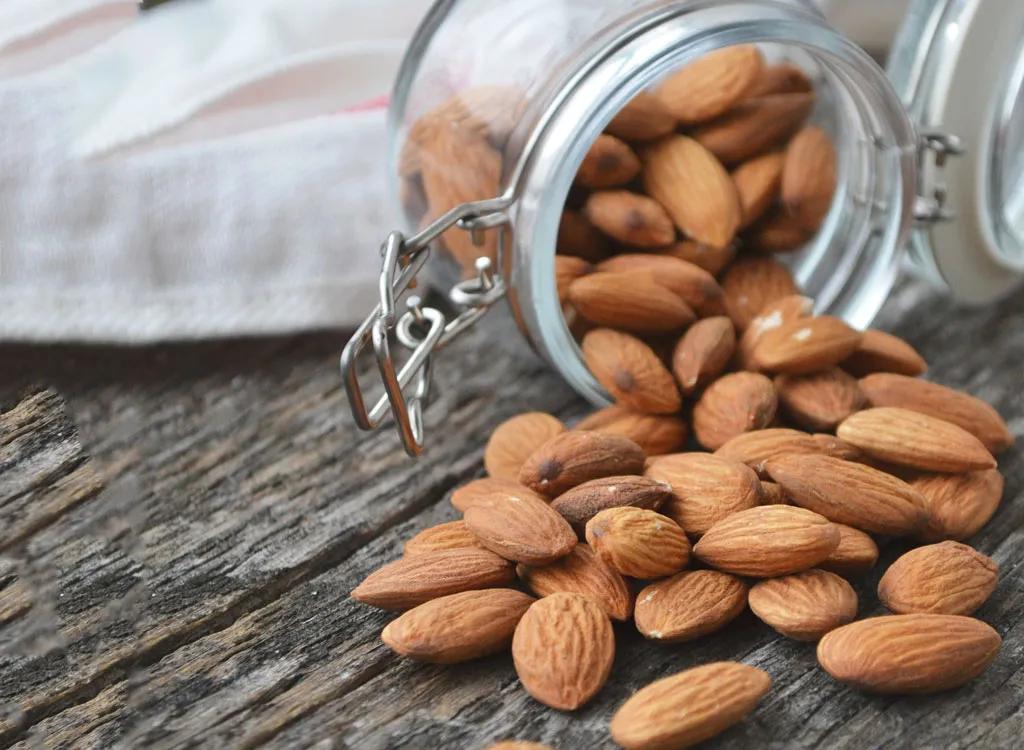
Variety may be the spice of life, but it may not be so good when you're trying to lose weight. A study at the University of Texas Health Science Center in 2015 found that people who ate a more diverse diet tended to have larger waist circumferences than people whose meal plans were simpler. Call it the "buffet effect." Think about the last time you ate at a buffet. Did you fill your plate once with a reasonable amount of food, or did you go back a few times to sample a little of everything? Simplifying your diet not only can help trim calories, but it can also help you eat healthier foods. Find a low-sugar cereal that you love and stick with it. Pick the healthiest sandwich on the menu that you like and make ordering easy every time.
Choose the right toast.
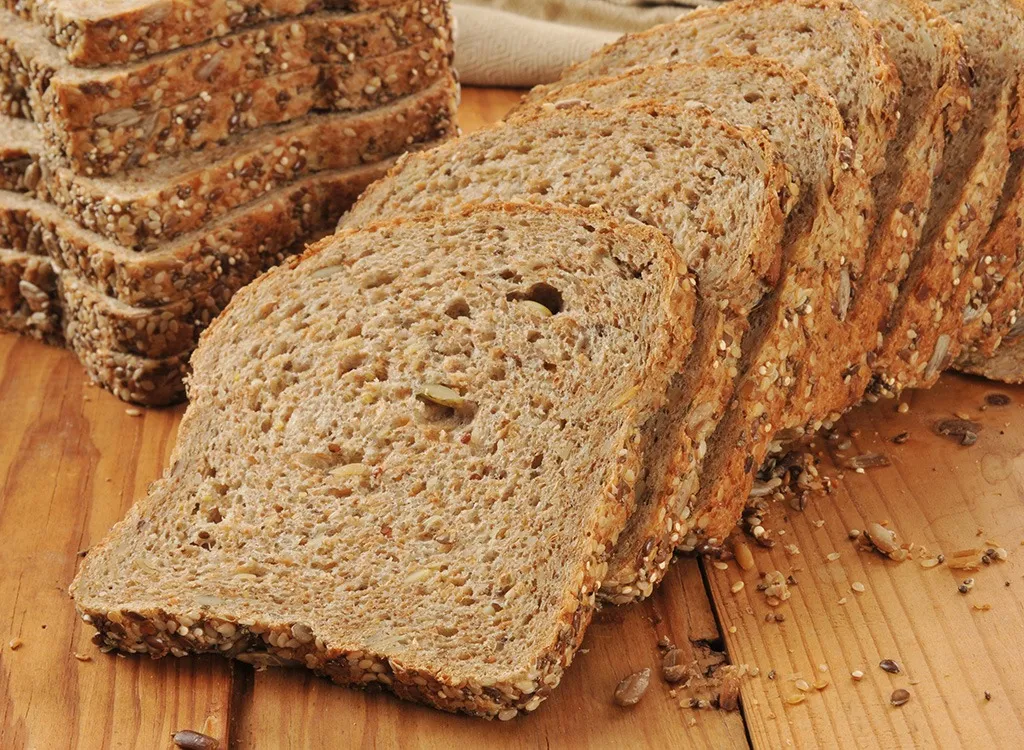
Can't live without bread? Slash bread's impact on your blood sugar by choosing the right bread and topping it right. Toast bread that contains two grams of fiber or more, like Ezekiel 4:9 Sprouted Bread. Slather the toasted bread with protein-packed small curd cottage cheese and a half-cup of blackberries for an additional 4 grams of fiber. The combo of fiber and protein will keep hunger at bay and keep blood sugar stable.
Cancel fat storage with grapefruit.
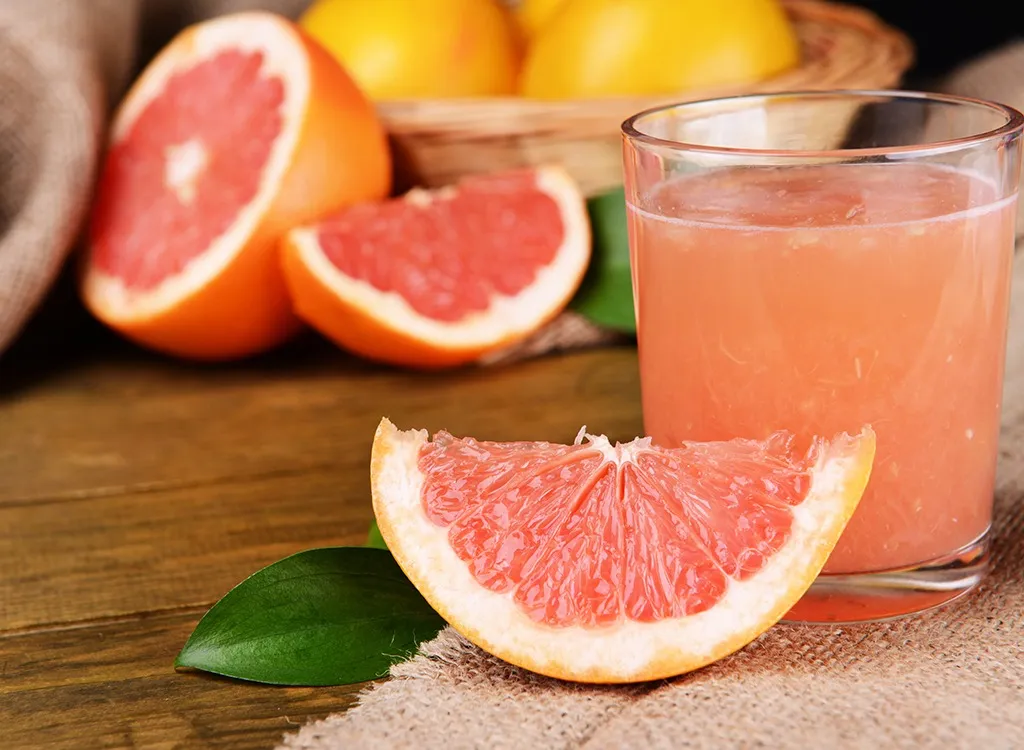
Kick off a meal with grapefruit. The citrus fruit is a good source of soluble fiber, which can lower the fat-storage hormone insulin, promote weight loss, and stabilize blood sugar. In a study at Scripps Clinic in San Diego, researchers say overweight people who ate half of a grapefruit before each meal lost an average of 3.5 pounds over the course of 12 weeks. To get the benefits of grapefruit, you need to eat the pulp and the pith, the soft, fibrous skin between the fruit and the peel. The peel contains a lot of fiber, too. After washing the grapefruit, zest the peel and sprinkle it into vinaigrettes, marinades, baked goods, and iced tea.
Be realistic with exercise.

Most people overestimate how many calories they burn during exercise, says Jim Cotta, former strength and conditioning coach for the Los Angeles Lakers and author of Men's Health Workout War. "The best way to know for sure how many calories you are burning off is to either wear a heart-rate monitor that calculates calories burned or log your workouts into a system like MyFitnessPal," he says.
Order hummus as an appetizer.
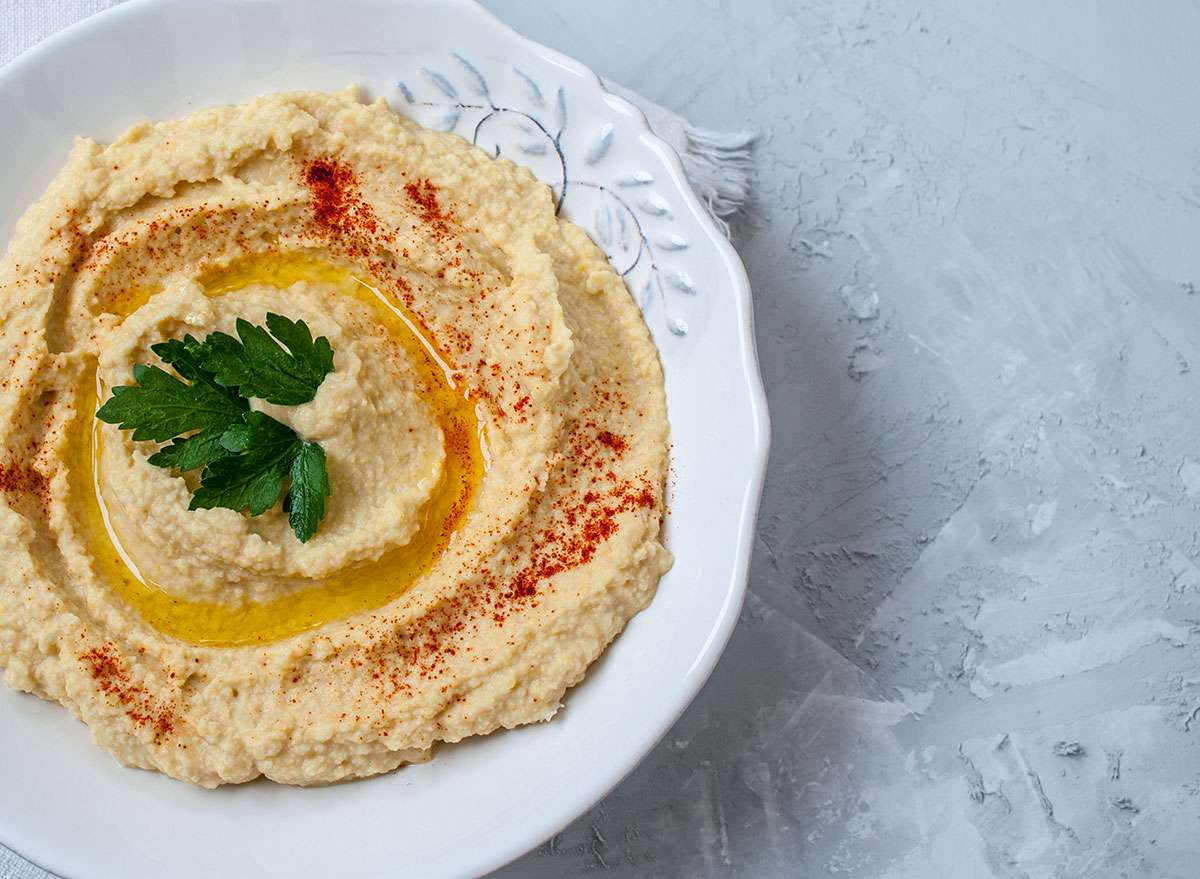
To keep yourself from overeating when dining at a restaurant, order hummus and pitas to share with the table. A study in the journal Obesity found that people who ate a single serving a day of garbanzo beans (aka chickpeas), which form the basis of hummus dip, reported feeling 31% fuller than people who didn't eat chickpeas. Packed with fiber and protein, garbanzos fill you up and break down slowly, so you'll likely eat less during your main meal.
Boil water.
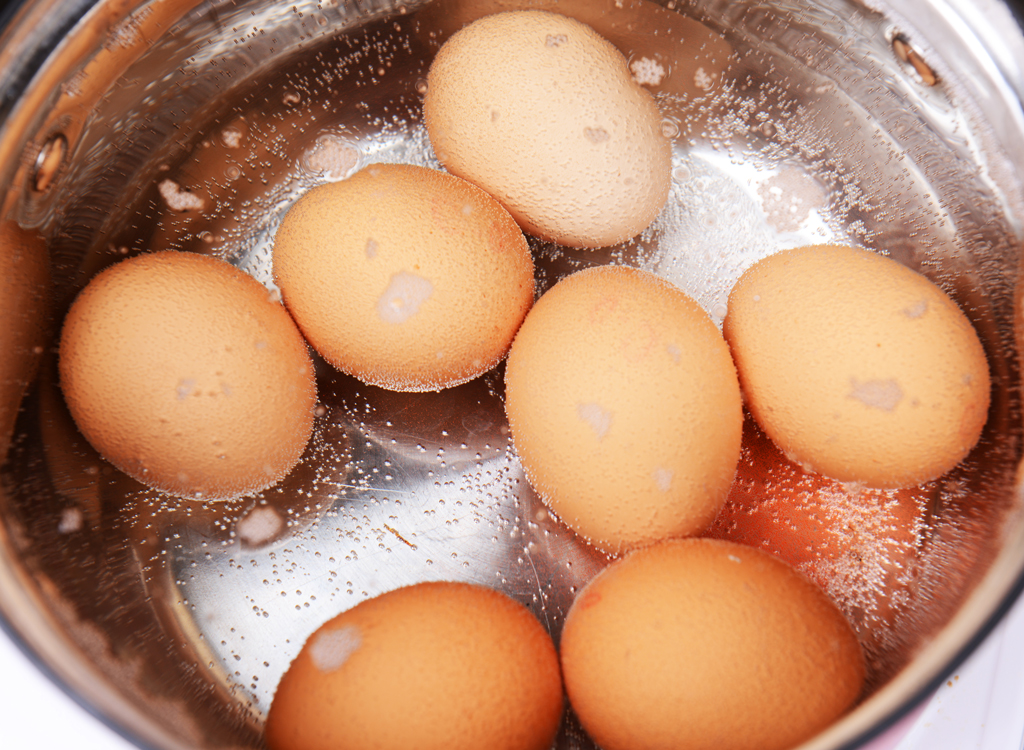
Boil a dozen eggs on Sunday evening for a week's worth of inexpensive, portable snacks. Hard-boiled eggs are easy to cook ahead of time and they're rich in the best quality, satiating protein there is, recommends Chicago dietitian Christine M. Palumbo.
Sprinkle vinegar on your sandwich.
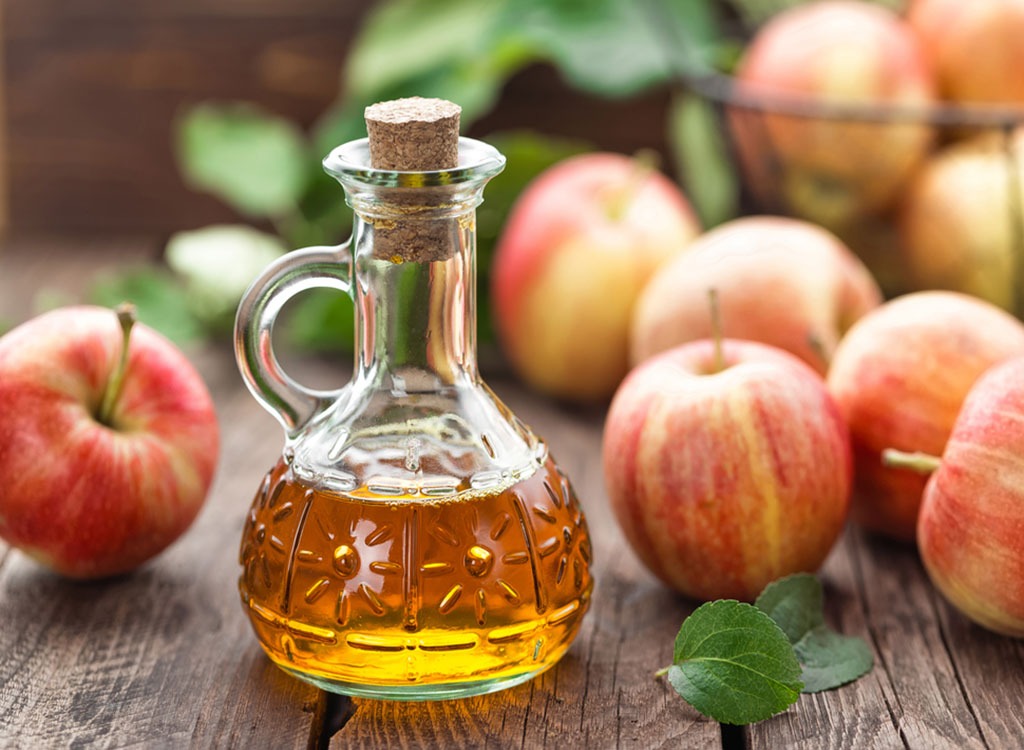
Research in the European Journal of Clinical Nutrition has shown that vinegar taken before or after a high-carbohydrate meal reduces blood sugar. The acetic acid content in vinegar deactivates an enzyme called amylase that turns starch into sugar. Vinegar also boosts the body's sensitivity to insulin. But make sure you use white or apple cider vinegar. Balsamic vinegars tend to contain more sugar.
Clean your kitchen.

Tidiness is next to leanness. Keeping a clean, uncluttered kitchen leads to a healthier diet (and fewer ants), according to a study in the journal Environment and Behavior. Researchers say that people who have messy kitchen counters strewn with chip bags, cookie boxes, and cereal boxes tended to consume 40% more calories than people with tidy kitchens.
Do combo lifts to burn more fat.

Combining two exercises that work different muscle groups into one move saves workout time and boosts calorie burn. Try this total-body combo, the goblet squat with pulse, from Cotta's book Men's Health Workout War. Grab one end of a dumbbell with both hands and hold it vertically at your chest. Your feet should be shoulder-width apart, toes pointed outward slightly. Push your hips back and bend your knees as if sitting in a chair until your thighs are parallel with the floor. Pause and push the dumbbell in front of you so your arms are parallel with the floor when fully extended. Bring the weight back to your chest and stand up. That's one rep. Do 6 to 8, and repeat for two more sets.
Improve a quick pasta meal.
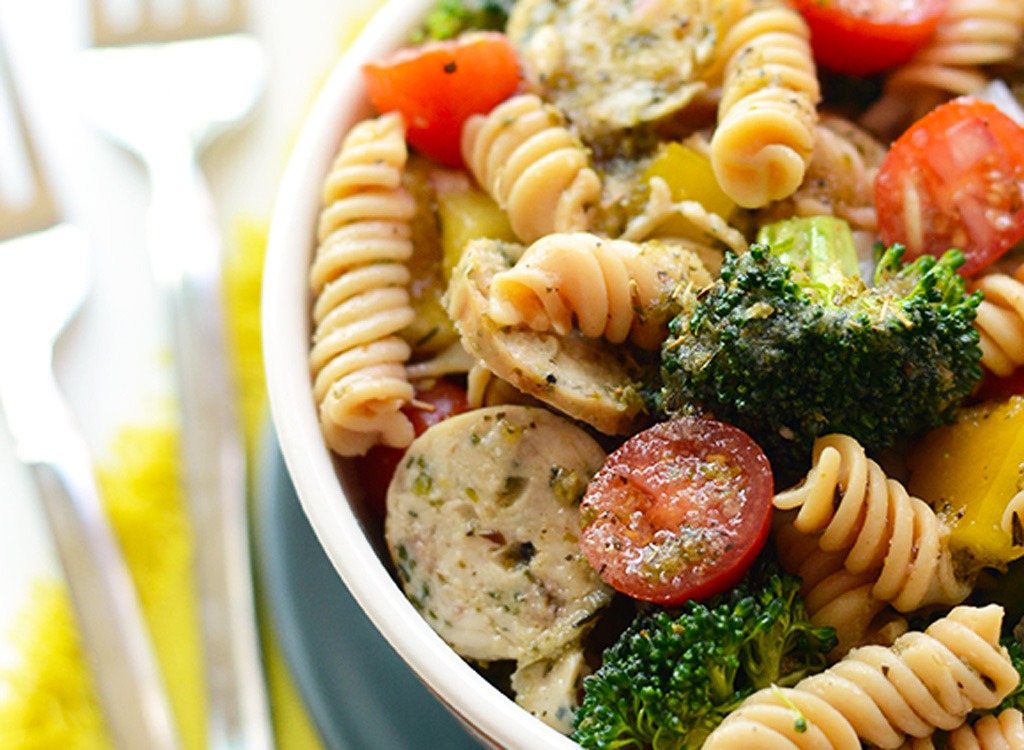
You can turbocharge the nutrition profile of even jarred pasta sauce while reducing spaghetti's impact on your blood sugar with a little doctoring. Chop fiber-rich broccoli and red bell pepper and zap them in a microwave for 20 seconds. Then dump the vegetables into the pasta sauce heating on the stove. Add some beans or peas, too.
Snack on celery.
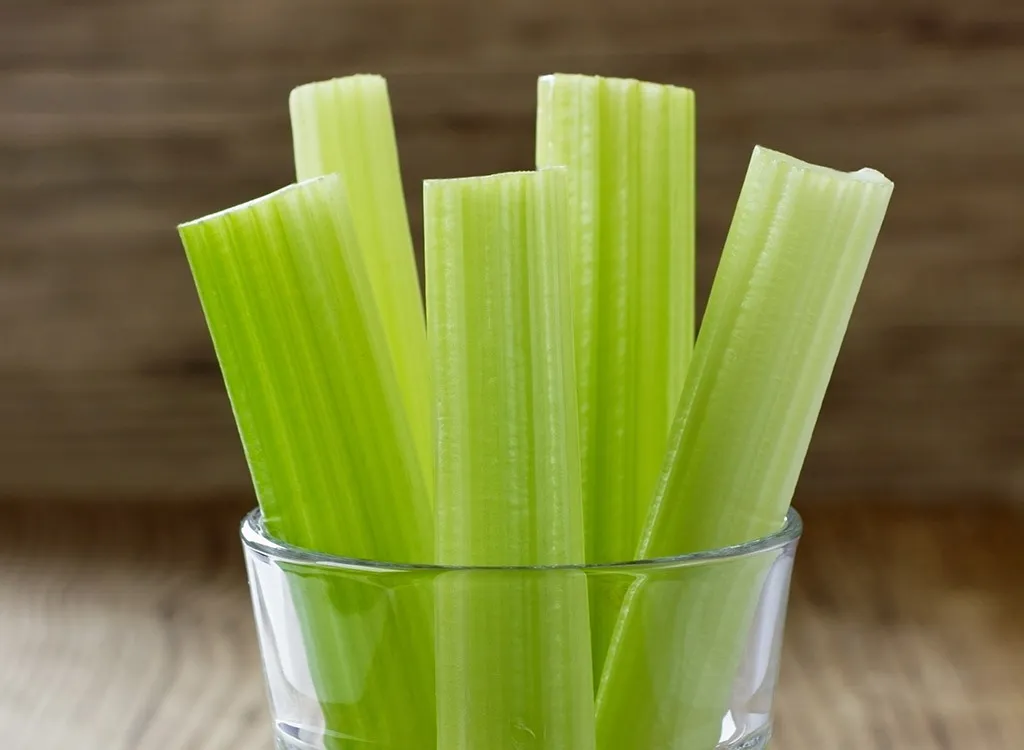
If you like crunchy snacks, celery can't be beaten, "I love dipping celery sticks into fresh-ground natural peanut butter," says Csatari. "It's my go-to afternoon snack." Celery has a high water content so it's a great low-calorie food, and it's rich in a powerful anti-diabetes nutrient called vitamin K. Studies suggest that vitamin K may improve your sensitivity to insulin, helping you to metabolism blood sugar more efficiently.
Comparison shop.
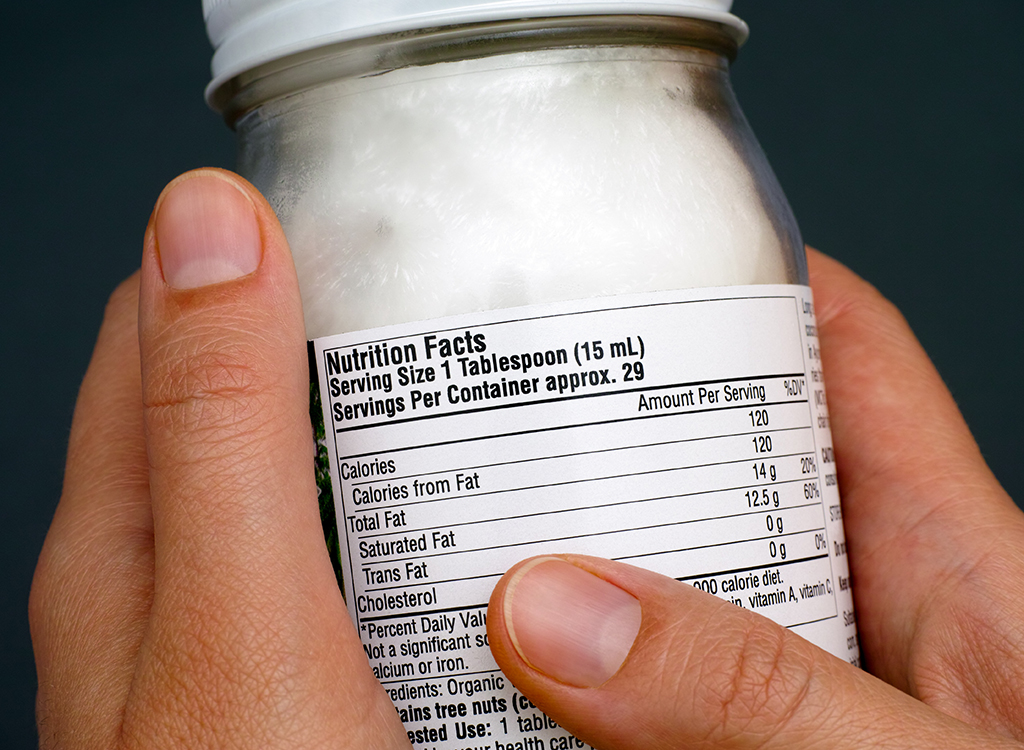
When buying a packaged food at the grocery store, check the nutrition labels for sugar content. You can often find a less sugary swap on the same shelf. For example, say you're picking up some peach yogurt and you grab Yoplait's Original Harvest Peach. A quick peek at the nutrition label shows you it contains 20 grams of sugars and 27 grams of carbohydrates. Now grab Siggi's Raspberry & Apple yogurt and compare: it contains no added sugars and only 4 total grams of natural sugars and 7 grams of carbs. Comparison-shopping just takes a second but can have a huge impact on your effort to reduce added sugars in your diet.
Drink more water.

Water, that is. It's the cheapest, easiest way to improve your health and lose weight. A study of 3,615 people conducted by the French National Research Institute found that people who drink very little water, a few glasses each day, were more likely to develop abnormally high blood sugar. Shoot for at the very least 17 ounces more than you are drinking now. The researchers found that people who drank that amount of water or more per day were 28% less likely to develop high blood sugar than those who drank less. Keep a tumbler of ice water with you at your work desk. Sip from it constantly.
Visit your refrigerator more than your pantry.
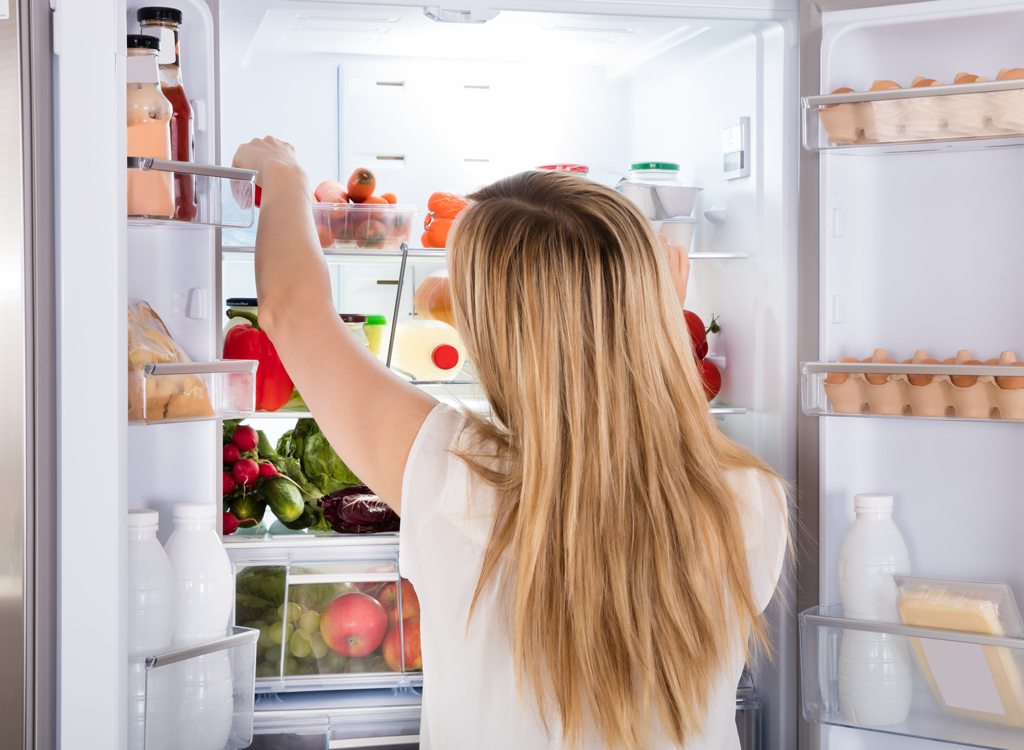
You do that by spending more time shopping for fresh produce and less time in the packaged food aisles of the grocery store. "The best thing you can do for your belly is to give up processed foods," says trainer Mark Langowski. A study in the journal Food Nutrition Research found that our bodies burn only 50% as many calories digesting processed foods as they do real foods. "So it's like eating twice as much, even if the calories are the same!" says Langowski.
Learn about your family's history.

Next time your extended family gathers for dinner, ask grand pop about his health. Knowing your parents' and grandparents' health history is a powerful weapon against type 2 diabetes because it can tip you off to being more susceptible to high blood sugar. In a study involving more than 8,000 people published in the journal Diabetologia, researchers found that people with a family history of diabetes had a 26% increased risk of developing prediabetes, the precursor to the disease. Knowing your risk level can make you more vigilant about cutting added sugars from your diet and losing weight.

